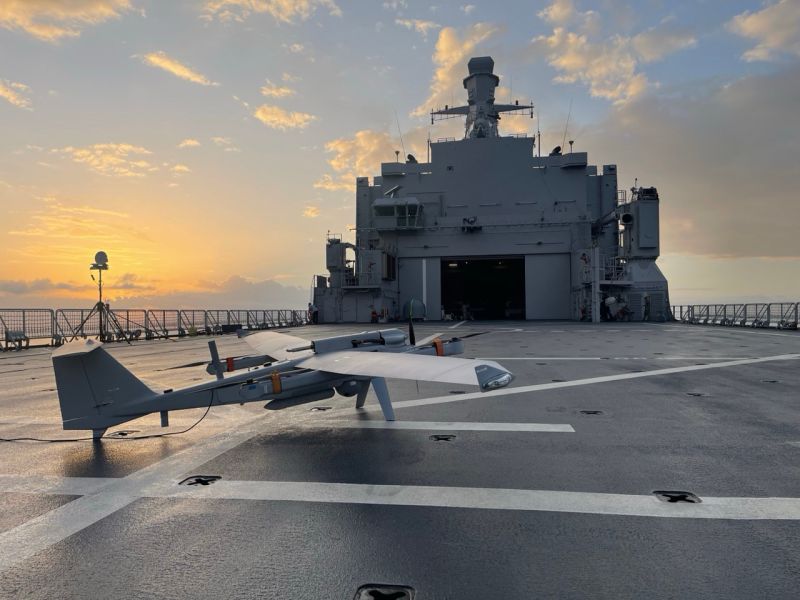In a significant development for maritime security, the United States, Australia, and the United Kingdom (AUKUS) have completed successful tests of several autonomous and networked systems during a three-week maritime experimentation called Autonomous Warrior 24 in Australia. The event was part of the Maritime Big Play (MBP) initiative and ongoing efforts to develop AUKUS Pillar II capabilities, a trilateral collaboration to improve maritime awareness through networked autonomy, decision advantage, and enhanced strike.
The Maritime Big Play is a series of integrated trilateral experiments and exercises that are enhancing capability development, improving interoperability, and increasing the sophistication and scale of autonomous systems in the maritime domain. Australia led the Autonomous Warrior event, the signature MBP event in 2024. Other events associated with Maritime Big Play included the Robotic Experimentation and Prototyping Augmented by Maritime Unmanned Systems (REPMUS); and Technology Readiness Experimentation (T-REX).
Through these experiments and exercises, AUKUS partners are further testing and refining the ability to jointly operate uncrewed maritime systems, share and process maritime data from all three nations, and provide real-time maritime domain awareness to support decision-making.
“Autonomous Warrior/Maritime Big Play creates a unique opportunity for our three countries to work together, which will ultimately improve operational efficiency and allow us to work more cohesively against common threats,” said Heidi Shyu, Under Secretary of Defense for Research and Engineering. “This collaborative approach enables us to reduce acquisition, maintenance, and training cost by creating economies of scale.”
The technologies tested during the October event support operations from deep under water to the edge of space. This included software-defined acoustic modems, multi-model autonomous underwater and surface vessels, and low-cost attritable unmanned surface vehicles. The tests also featured a low-cost gondola, which supports operations in the upper stratosphere with minimum manpower or logistics requirements, and T-200 high-altitude balloons, which provide resilient communications in denied environments from the stratosphere.
A versatile and robust software-defined network architecture called Multi-Domain Uncrewed Secure Integrated Communications (MUSIC) was tested for its ability to enable seamless communication and coordination across diverse unmanned systems and operational environments. The Common Control System (CCS) was also featured in the exercise, built on an open architecture to provide uncrewed vehicles hardware and software that works across several different systems. This effort supports future work to create an AUKUS-wide Common Control System, fusing best elements of the three countries’ existing systems.
“AUKUS partners have long histories of working together on defense and security issues, and have deep, enduring partnerships based on shared values, said Shyu. “By investing in novel and innovative capabilities directly aligned to AUKUS mission priorities, as well as making future advancements in emerging technologies like AI and Quantum, we support a more stable region — one where all nations are empowered to make their own sovereign decisions free from coercion — a world that centers on hope for the opportunity and prosperity of the future.”
Related
Discover more from sUAS News
Subscribe to get the latest posts sent to your email.

